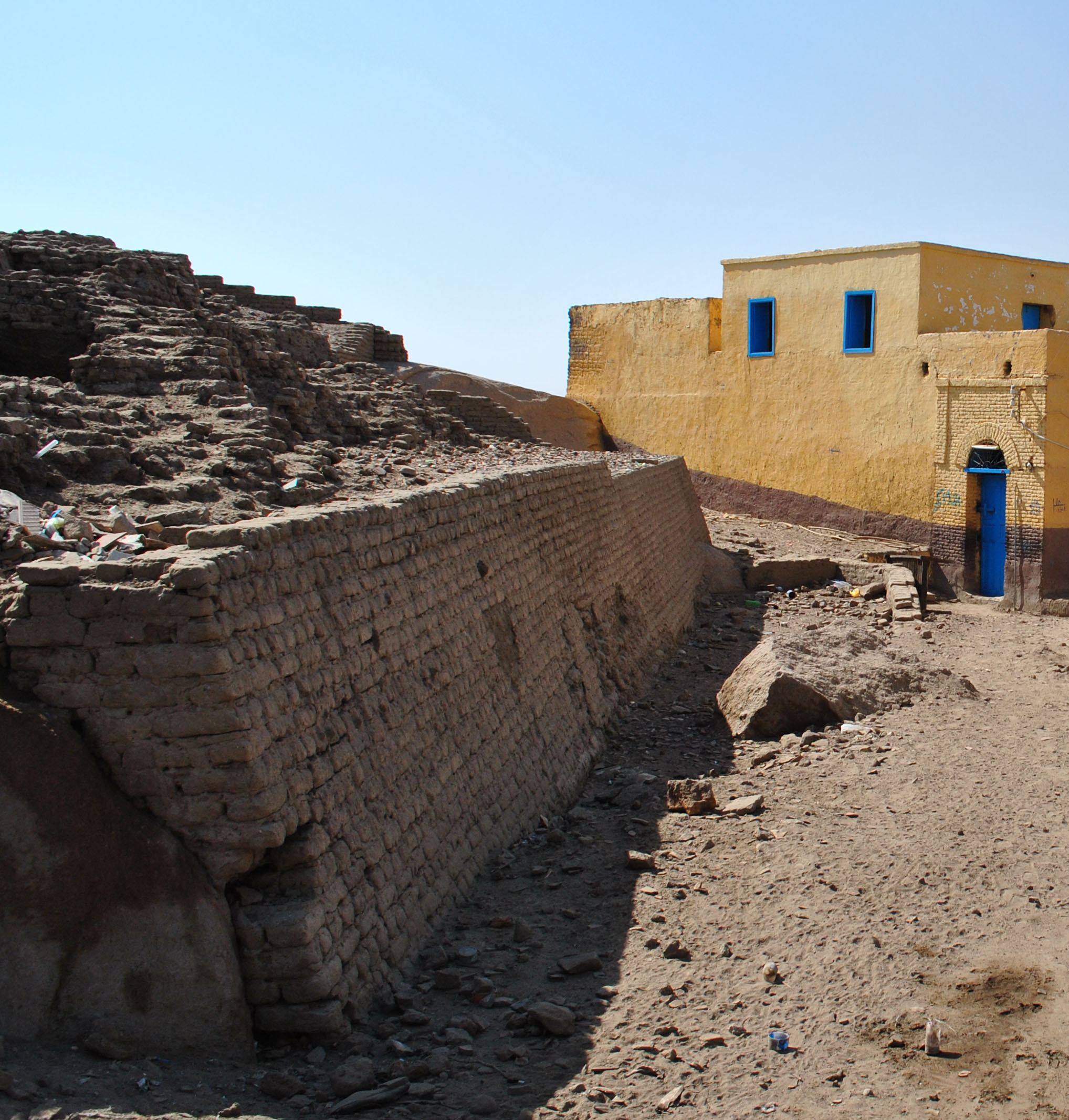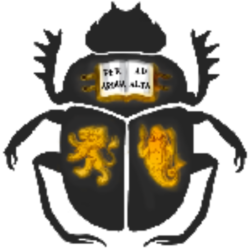 While this exhibition aimed to explore the changes in the iconography of the Bes-image through Pharaonic history it also suggested a series of roles and purposes of the Bes-deities as well. While the original purpose of ‘Bes’ was protective, and remained so until the end, the god’s imagery indicates that roles regarding regeneration and healing were adopted through the syncretism of the Bes-deities with some state gods such as Amun-Re and Horus. It could be posited that flexible state control over the development of the Bes-image in the New Kingdom, due to the god’s popular household context, resulted in a more dynamic development of its form as well as the huge variety of types. The domestic popularity of the deity resulted in ‘Bes’ becoming a universally approachable god that could be accessed for a range of household issues, such as fertility, pregnancy, childbirth, infancy or even attacks from dangerous animals. This exhibition found that Bes-deities were universally approachable across society, and were employed in many roles (usually apotropaic) within both household and funerary contexts which inevitably contributed to his overall popularity through over two thousand years of ancient Egyptian history.
While this exhibition aimed to explore the changes in the iconography of the Bes-image through Pharaonic history it also suggested a series of roles and purposes of the Bes-deities as well. While the original purpose of ‘Bes’ was protective, and remained so until the end, the god’s imagery indicates that roles regarding regeneration and healing were adopted through the syncretism of the Bes-deities with some state gods such as Amun-Re and Horus. It could be posited that flexible state control over the development of the Bes-image in the New Kingdom, due to the god’s popular household context, resulted in a more dynamic development of its form as well as the huge variety of types. The domestic popularity of the deity resulted in ‘Bes’ becoming a universally approachable god that could be accessed for a range of household issues, such as fertility, pregnancy, childbirth, infancy or even attacks from dangerous animals. This exhibition found that Bes-deities were universally approachable across society, and were employed in many roles (usually apotropaic) within both household and funerary contexts which inevitably contributed to his overall popularity through over two thousand years of ancient Egyptian history.

But there are many unanswered questions regarding the development of popularity of ‘Bes’ deities in Ancient Egypt. Why was ‘Bes’ so popular? Why did ‘Bes’ adopt Nubian characteristics in the New Kingdom? And crucially, what happened to ‘Bes’ after his incorporation into the Classical World – and what legacy could he still have today? These are questions that are worthy of further discussion and research. This exhibition has a feature allowing feedback and any thoughts regarding these questions might help to bring us closer to understanding the complex development of this well-known ancient Egyptian deity, if at all we can even call him a ‘deity’…
Back Home Next
